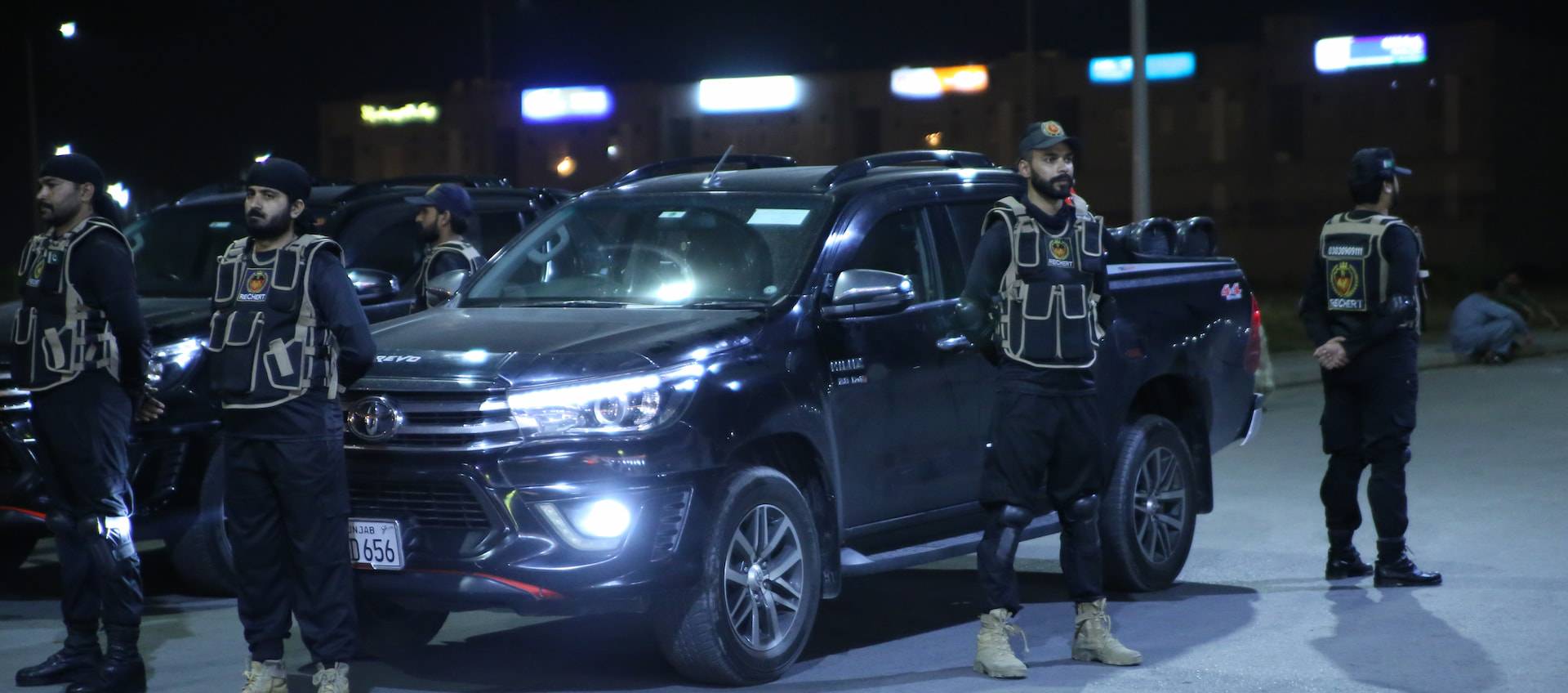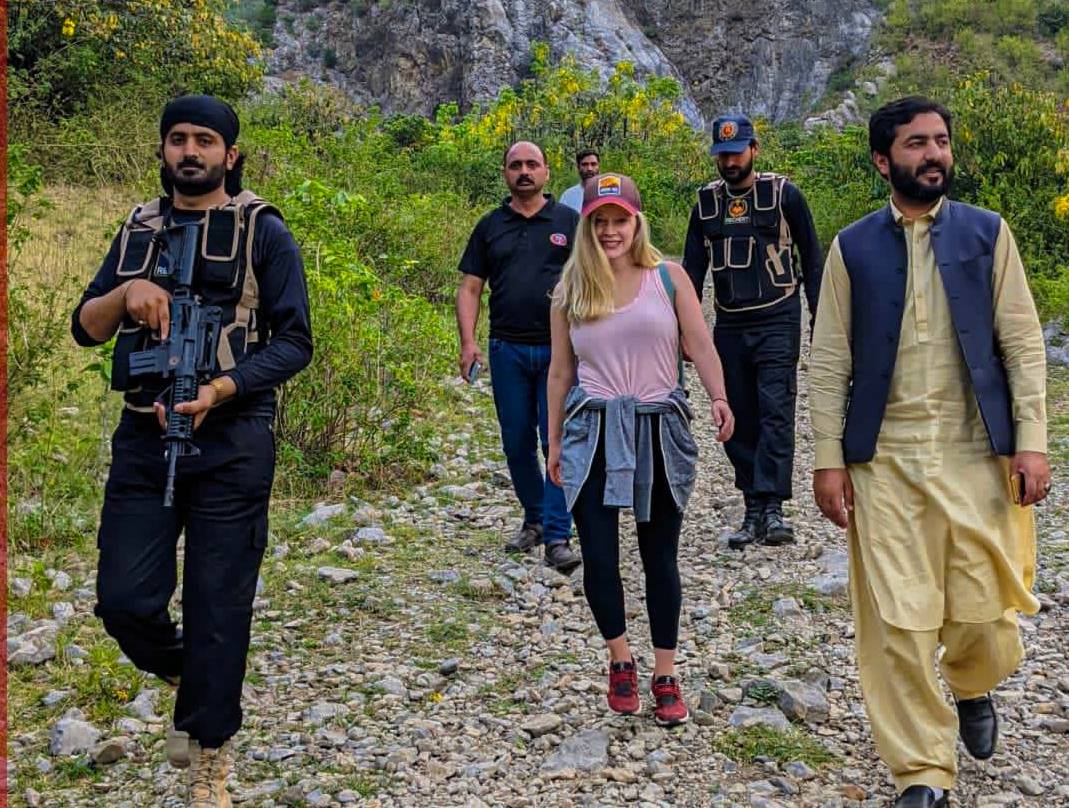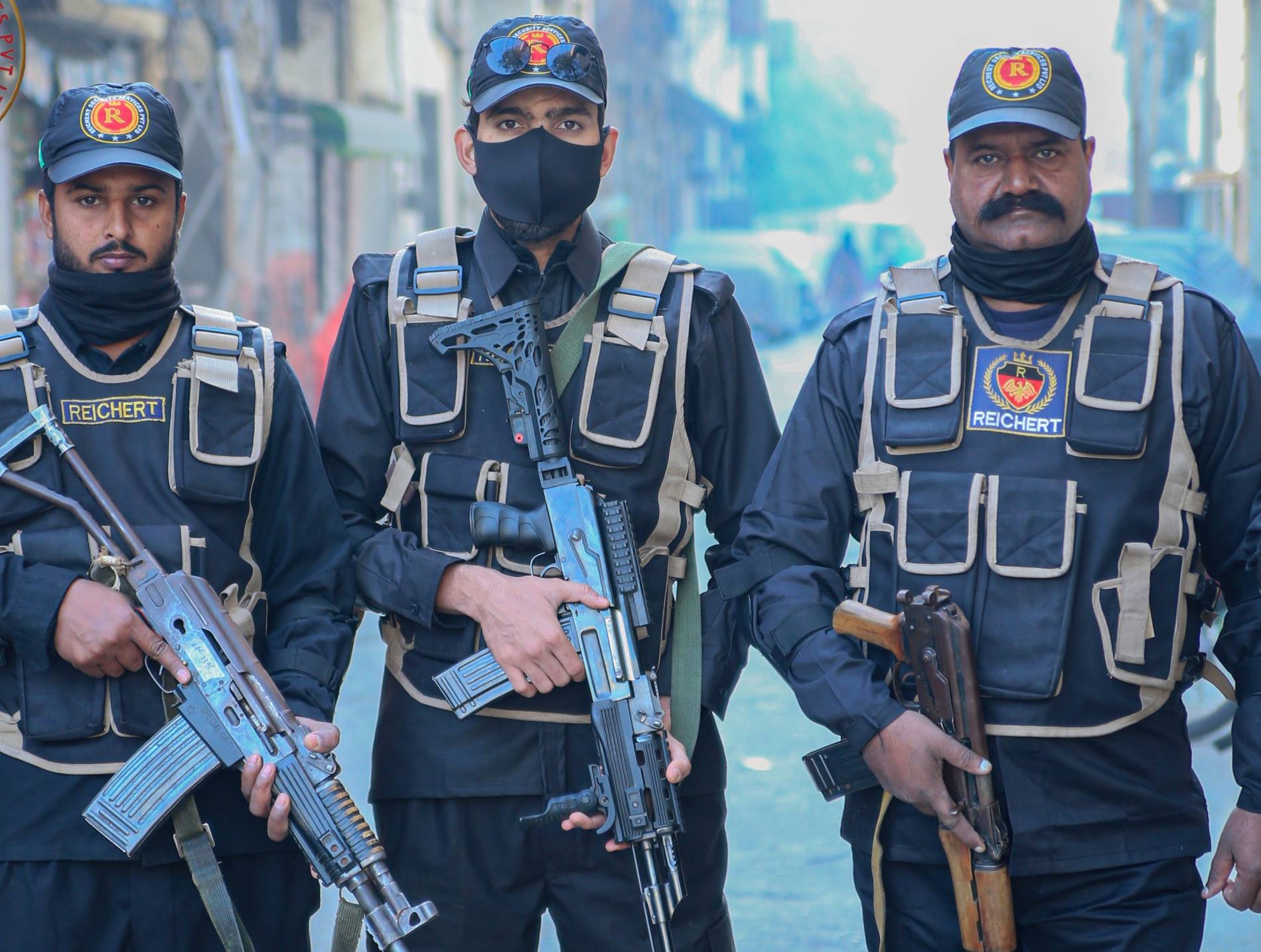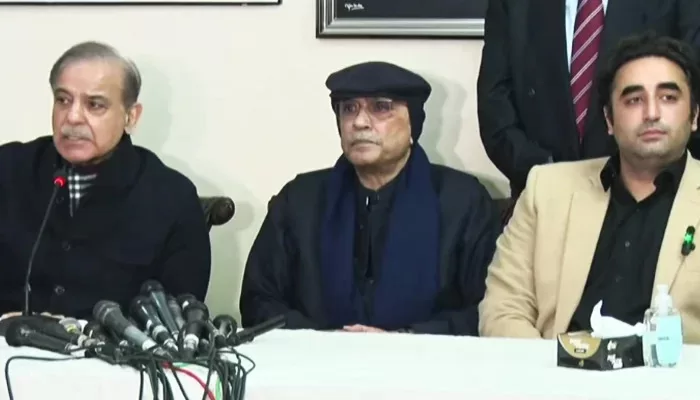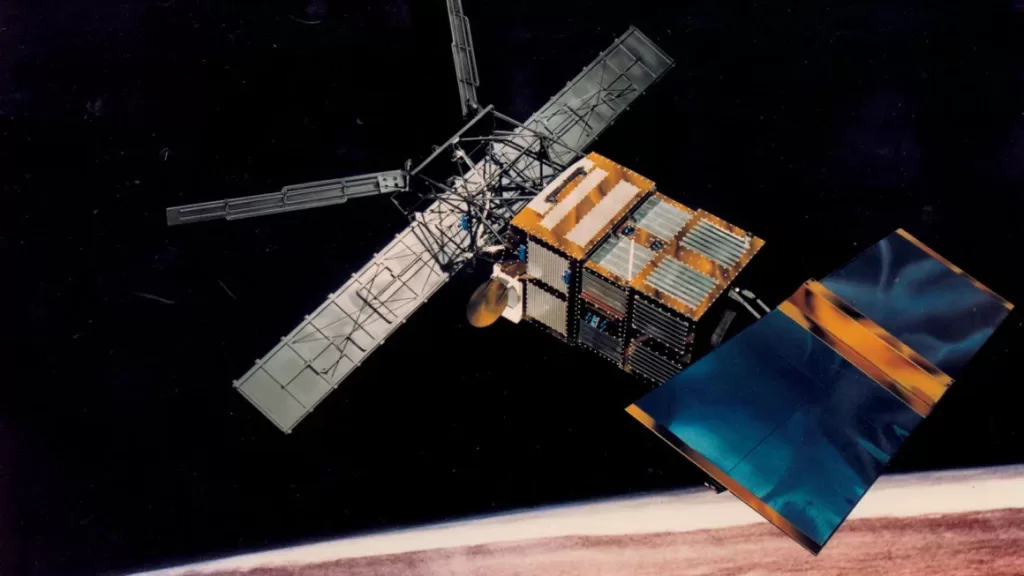Shehbaz PM, Zardari president as PML-N, PPP set to form govt
Pakistan Muslim League-Nawaz (PML-N) President Shehbaz Sharif and Pakistan Peoples Party (PPP) Co-chairman Asif Ali Zardari will be the prime minister and president, respectively, as both allies are set to form the next government. After days-long parleys and much uncertainty, top leaders from both parties confirmed that they were once again joining forces to form the government “in the nation’s interest”. While the politicos did not reveal much, sources told Geo News that the Senate chairman and Punjab governor would be from PPP, while Sindh and Balochistan’s governors and National Assembly’s speaker would be from the PML-N. “The Pakistan Peoples Party and the Pakistan Muslim League-Nawaz now have complete numbers and we are in the position to form the next government,” PPP Chairman Bilawal Bhutto-Zardari told a press conference in Islamabad alongside top leaders from both the parties late Tuesday. No political party secured a simple majority in the February 8 elections, forcing parties to join hands in their bid to come into power, but the delay of an agreement had raised eyebrows. After the Feb 8 polls, the PTI-backed independent candidates controlled the most National Assembly seats (92) followed by the PML-N (79) and the PPP (54). While parties were wheeling and dealing over the government formation, the Pakistan Tehreek-e-Insaf (PTI) had allied with the Sunni Ittehad Council (SIC) to ensure it gets the required numbers through reserved seats in the assemblies. However, the PPP chief told reporters that the SIC did not have sufficient numbers to form the next government in the Centre. Bilawal said Shehbaz would be the next prime minister and Zardari would be the joint candidate for both parties for the president’s slot. He added that both parties would form the next government to pull the country out of the ongoing crises and expressed hope that they would be able to deliver. To a question regarding PML-N leader Ishaq Dar’s nomination as Senate chairman, Bilawal replied that decisions were taken in the meetings, but would be announced separately by each party. “If we look at the past, we have announced the coalition and made decisions with consensus very quickly compared to previous tenures,” he continued. PPP Co-chairman Zardari said that he wants to assure people that their struggle is for “you, Pakistan, and the coming generations”. “We have come to terms on the point that we have to ensure Pakistan’s success for the coming generations,” he added. ‘Middle point’ Speaking on the occasion, PML-N’s Shehbaz said that he had asked the PTI-backed winning candidates to prove their majority and form the government, but they didn’t have sufficient numbers. “We have sufficient numbers to form the next government,” he added. The PML-N stalwart also thanked Bilawal and Zardari for their cooperation. Shehbaz said that both parties decided that Zardari would be fielded as the joint candidate for the post of president. Responding to a question about whether the PPP was getting any portfolios, Shehbaz said that the Bilawal-led party hasn’t demanded any ministry from the first day. “Parleys take place between two parties and issues are resolved through [mutual consultation]. It doesn’t mean that we accept their demands or they accept ours; they have their views but reaching a middle point is the real political success,” he said. The former prime minister added that the decisions on the “offices” would be made mutually later under the guidance of PML-N supremo Nawaz Sharif and the PPP’s top leadership. Shehbaz also thanked the Muttahida Qaumi Movement-Pakistan, Istehkam-e-Pakistan Party, and the Pakistan Muslim League-Quaid, who will be part of the next government. He vowed the upcoming coalition government would restore the country’s economy and fight against the menace of terrorism. The PML-N leader said that the alliance would bring economic progress and development to the country. He said they would take measures to increase agricultural and industrial production in the country. Source:https://www.thenews.com.pk/latest/1159717-bilawal-addresses-presser-after-days-long-ppp-pml-n-govt-formation-meeting
Shehbaz PM, Zardari president as PML-N, PPP set to form govt Read More »
News



